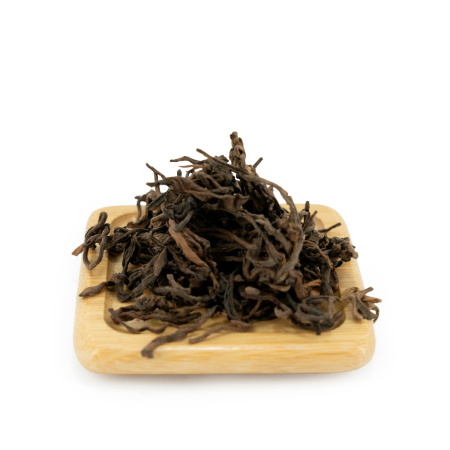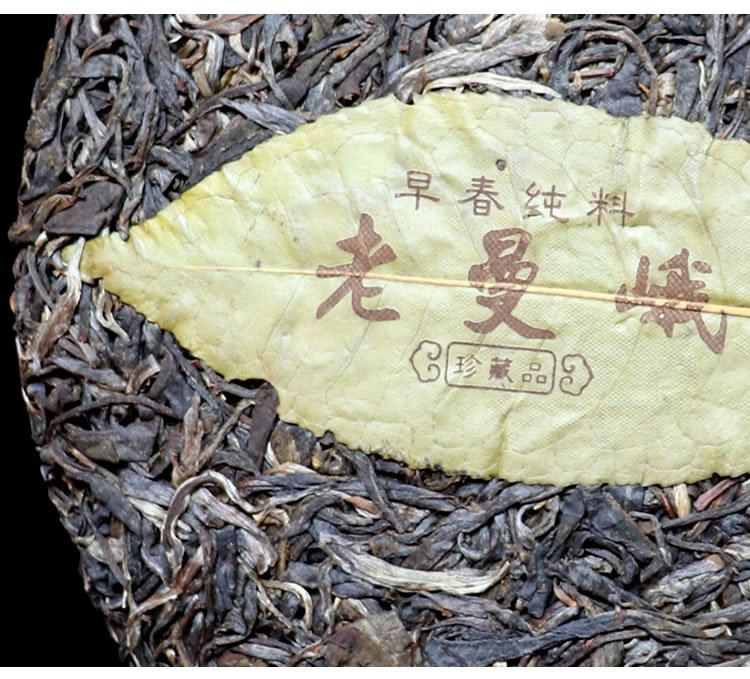The Laoman Tea Industry (老曼峨, lǎomàné) is located in the central Bulang Mountains (布朗, bùlǎng) in Menghai (勐海, měnghǎi) District. The village has a history of over 1,300 years and today, Laoman tea is widely known in tea circles.
Basket fermentation of shu puer is a unique fermentation technology, a method that allows for better and finer control over the process conditions, which contributes to the production of good tea, allowing for consistent and high-quality results. Basket fermentation not only improves the taste and aroma of the product, but also makes the process more predictable. Controlling the conditions of "wodui" (渥堆, wòduī, "wet stacking") is important, especially when working with expensive raw materials ("maocha", 毛茶, máochá), as it helps to avoid large losses in the event of a production failure.
|
Name in Chinese
|
老曼峨古树 |
|
Pinyin
|
Lǎo màn é gǔ shù |
|
Translation
|
Ancient Trees from Laoman'e |
|
Country
|
China |
|
Provinces
|
Yunnan (云南) |
|
Habitat
|
Лао Мань Э (老曼峨, Lǎo màn é) |
|
Manufacturer
|
Кайшуньхао (开顺号) |
|
Raw material production date
|
2024 |
|
Fermentation method
|
С отрывом от земли |
|
Type of tea raw material
|
Ancient trees (over 500 years old) |
- Комментарии
- Вконтакте
Pu-erh is one of the most unique types of tea, which only gets better with age. Many people, when they first encounter this tea, wondered: why is pu-erh more often found in pressed form (cakes, bricks, tochas), and not in loose form? The reasons for this are related to both history and the practical aspects of storing and fermenting tea. Despite modern technologies that allow the production of loose pu-erh, the shape of pressed cakes remains unchanged. And pu-erh is more often found on sale in pressed form, for example, in the form of cakes or bricks, and loose pu-erh is less common. We will talk about the reasons for pressing pu-erh into cakes in this article.
Puer is a unique Chinese tea that is distinguished by its depth of taste, complexity of aromas and versatility of aftertaste. Its taste characteristics are formed under the influence of many factors, from growing conditions to the brewing method. Let's look at the main ones.
The article "Lao Man E Old Tree Leaf Tea: History, Geography, and Features" will immerse you in the world of unique Chinese tea produced in the village of Lao Man E, located in Yunnan Province. You will learn about the geographical location of the village, its history, which dates back more than 1,300 years, and how this region became famous for producing bitter tea. The article also details the characteristics of Lao Man E tea, its taste and aroma, as well as the efforts made by the villagers to preserve ancient tea gardens and maintain the quality of the product.





















































































